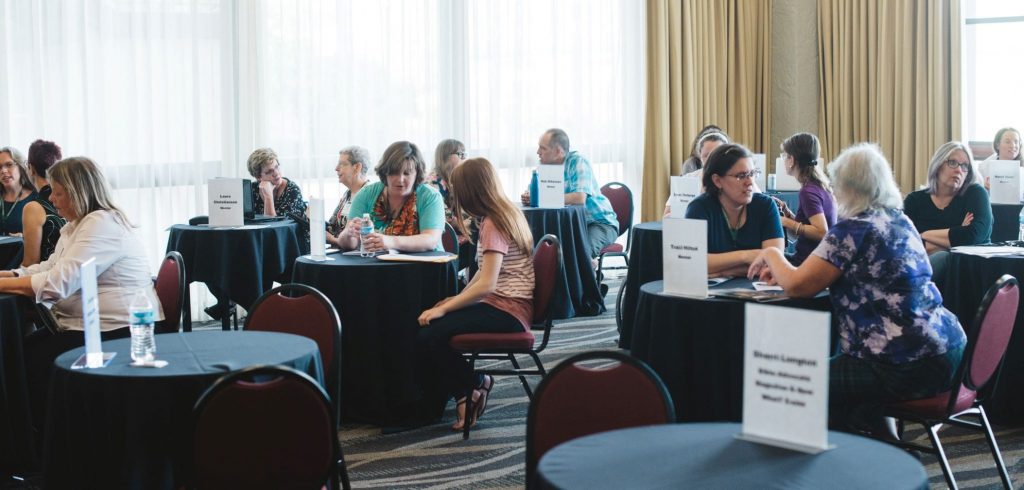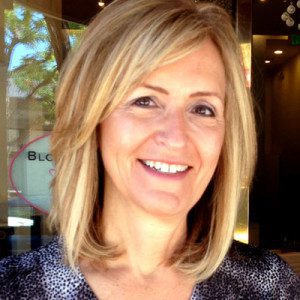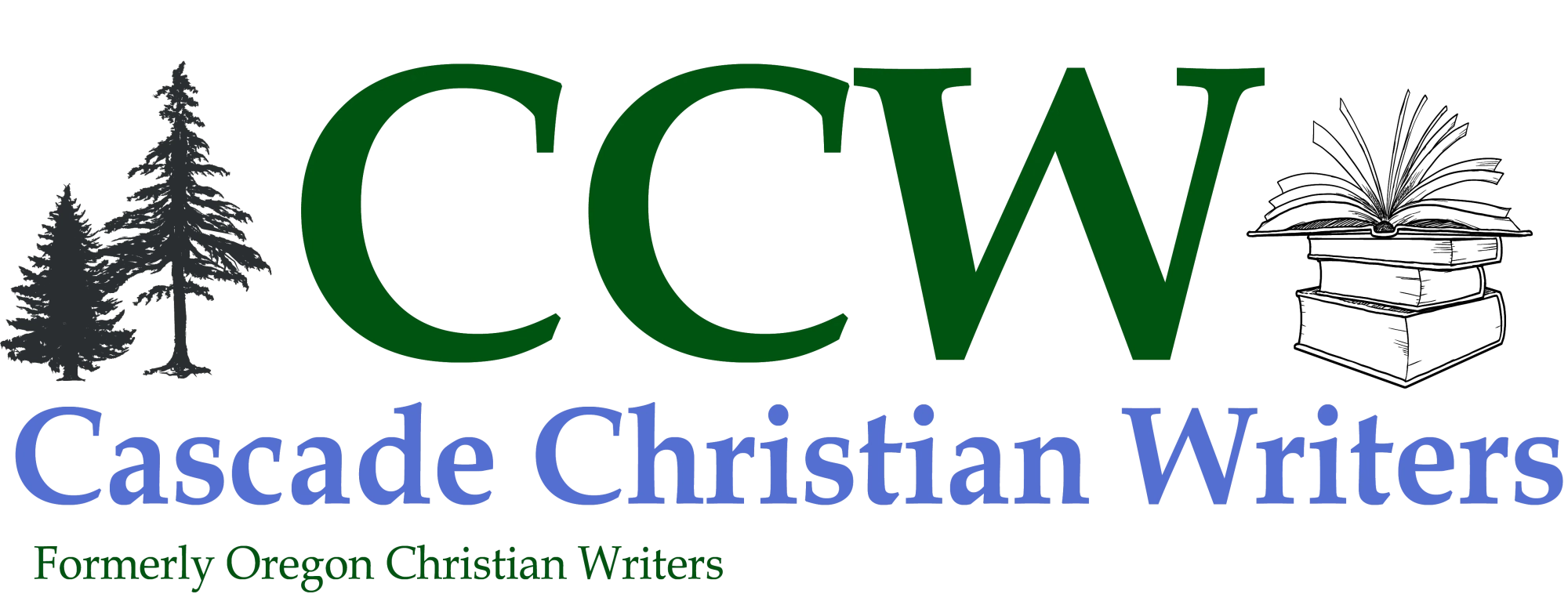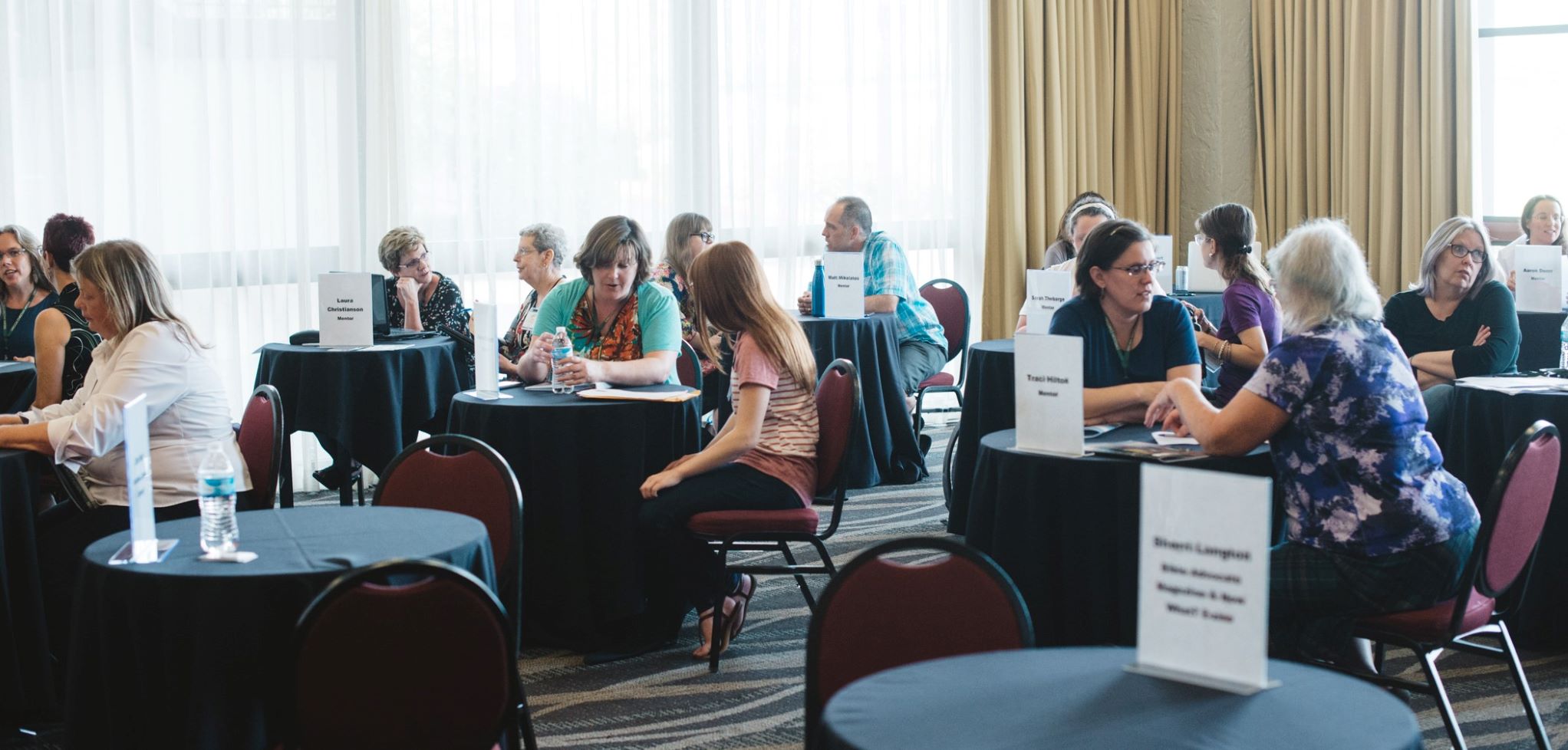By Alice Crider
 Editors and agents don’t have time to read full proposals in a short appointment, so a “One Sheet” summary of your project not only simplifies things, it also lets the editor or agent know you’re able to articulate the aspects of your project concisely.
Editors and agents don’t have time to read full proposals in a short appointment, so a “One Sheet” summary of your project not only simplifies things, it also lets the editor or agent know you’re able to articulate the aspects of your project concisely.
What goes on a One Sheet?
- a hook (one line that includes an indication of what the reader will gain from the book)
- a one- or two-sentence summary of the book
- author bio (include your website and email address)
- description of target audience
I like to see an author photo on these, so when I get back to my office it’s easier to remember our conversation. It’s also nice when a One Sheet is set up in sections like a magazine page and printed in color.
Do some homework ahead of time: find out what the publisher has published (or who the agent represents and the type of books they want). If you’ve read any of their publications, you can establish a rapport by mentioning that to the editor or agent.
Relax and be yourself. Ask questions. Be open to feedback and suggestions.
 Alice Crider, Senior Acquisitions & Development Editor at David C Cook, has served in various capacities in Christian publishing since 1998. She has worked with a number of best-selling authors, and she teaches writing and editing workshops at writers’ conferences nationally and internationally. Alice will be teaching a “Pitch Perfect” workshop at the upcoming Oregon Christian Writers Summer Conference.
Alice Crider, Senior Acquisitions & Development Editor at David C Cook, has served in various capacities in Christian publishing since 1998. She has worked with a number of best-selling authors, and she teaches writing and editing workshops at writers’ conferences nationally and internationally. Alice will be teaching a “Pitch Perfect” workshop at the upcoming Oregon Christian Writers Summer Conference.
Below are two examples of One Sheets (and we’ll be posting more examples soon on our next post):
Non-Fiction One Sheet Example:
One Sheet Sample non fiction for OCW
Fiction One Sheet Example:
OCW onesheet Karen B example







